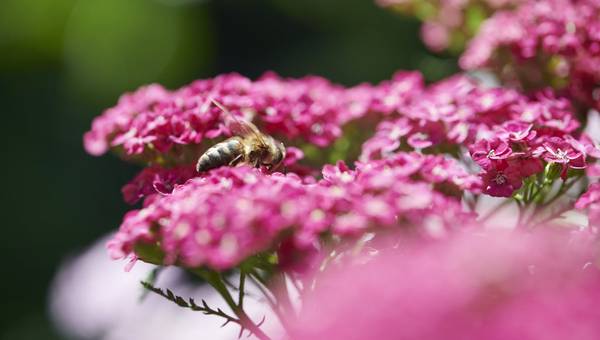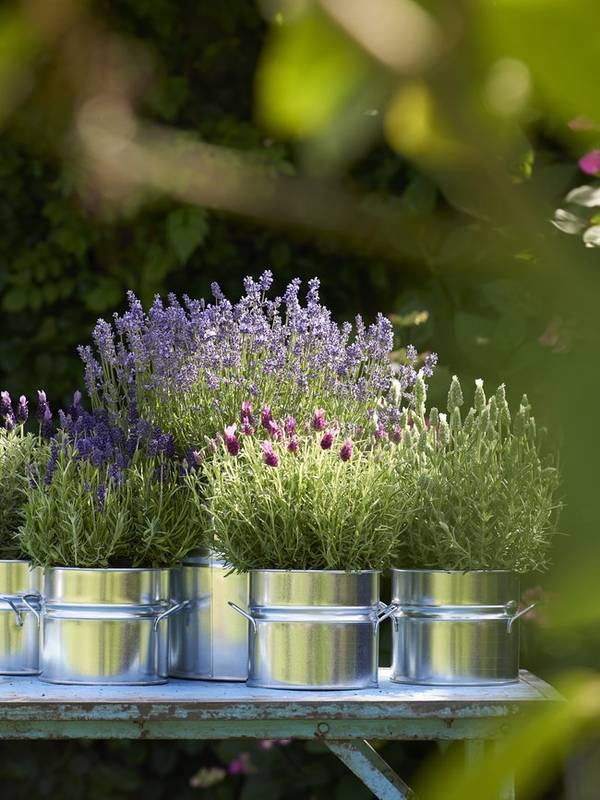
Care
- Place Anisodontea in a sunny, light and sheltered spot
- Water Anisodontea sufficiently in summer so that the soil remains moist
- Give Anisodontea liquid fertiliser every two weeks during the growing season, preferably for pot plants
- Remove spent flowers so that new flower buds can form
- To keep Anisodontea compact, you can occasionally cut away young shoots during the growing season. At the end of winter, the plant can be trimmed back to full shape again
- Overwinter Anisodontea in a frost-free, light place

Colours and shapes
Anisodontea is known for its large, trumpet-shaped flowers that bloom all summer long. The pink flowers have striking pistils with long stamens. We guarantee this flowers will make the bees in your garden happy!
Anisodontea is available from April to July in bush and stem form. In the wild, the plant can grow up to 1.5 metres tall. There are around 20 species of this plant, of which Anisodontea capensis is the best known.
Origin
Anisodontea is native to South Africa. The plant belongs to the Malvaceae, also known as the mallow familiy of plants, to which the well-known Abutilon also belongs.
Symbolism
Anisodontea doesn't have a specific symbolic meaning, but because of the calming and soothing effects some attribute to the flower, you could say that the plant symbolises tranquillity and relaxation.






